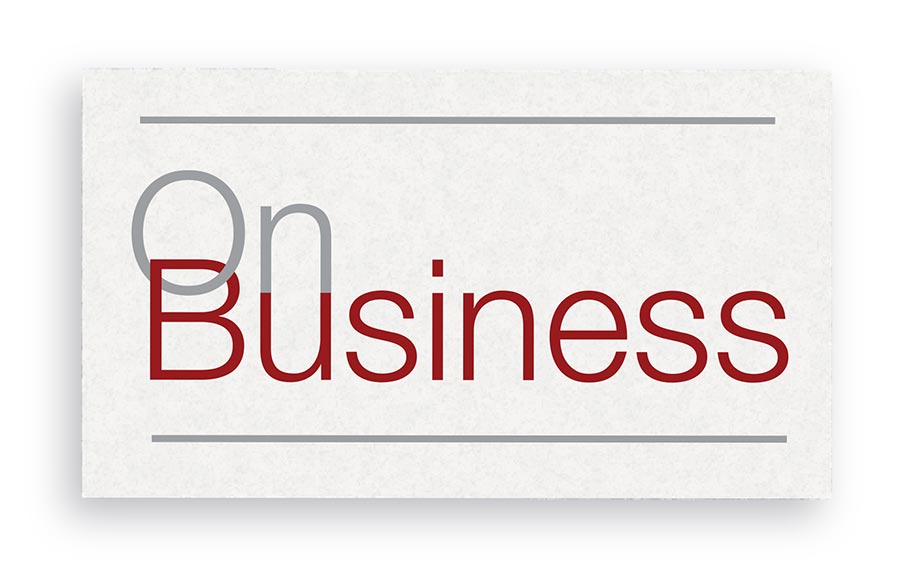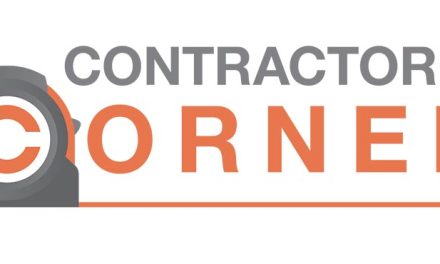I remember when I started my first business almost thirty years ago. I heard associates and friends—along with the self help gurus on television—talking about the importance of a business plan. It was supposed to be a blueprint or map of how to navigate the waters to success and financial independence.
I had grown up through the ranks as a field technician and never really looked at a formula for a successful business. I thought a business plan took too much valuable time to write. Plus how in the world could I project what my business was going to do tomorrow when managing today’s task was a struggle? I just didn’t have the time or the organizational skill to write something as complicated as a business plan.
I wanted to be involved in every deal that came along—whether I knew the intricacies of that industry or not. Thank God for loving wives who aren’t afraid to tell their “strong man” that he’s off course. I soon learned that if I didn’t set some goals for myself and my business I would run down endless rabbit trails and lose focus on what’s important. Many years later, my pastor would encourage me to do a personal growth plan every year to accomplish all the spiritual growth and personal achievement I desired for my life. A personal growth plan, along with a sound business plan, is the easiest way that I know to stay focused on what’s most important and how to achieve it. It also provides a tool by which you can benchmark your performance.
Getting your business to work in a tough economy is perhaps the biggest challenge we face today.
If you don’t lay out a course to follow, your path will be unrewarding, stressful and most likely a total disaster.
A business plan doesn’t have to be 100-page dissertation. For some of you, it might very well be a couple of pages written on a legal pad while you’re waiting for your double cheeseburger and fries. Others might find a 50-page plan exciting. The key is that you do one.
The economic environment we face in the coming years will be unlike anything we have ever experienced before. The rules that govern how we run our companies are changing daily. Without a navigational chart—in our case, a business plan—we will surely be blown off course!
For initial planning, I like to use what I refer to as the “Five Page Plan.” It defines who you and your company are; your service or product, your market niche, and your target market. It should also define what type of customer is going to buy your product or service and how you are going to make money doing it. Smart planners will also note who the competition is and how your business will outperform them. A good Five Page Plan should also include your anticipated cash flow requirements and what the projected profit margins will be.
If you’re looking to attract investors to take your business to the next level, it will be essential that you have a clear plan, with projections of how much money they can make and how you can pay them back. A good business plan of this type will also improve your banking relationships and open financing options. Equally as important, it will give you a tool that you can use to benchmark your achievements throughout the year.
You may also want to look at developing a diverse business plan with multiple sources of revenue from multiple client bases. A good business plan will help you define precisely what each of those targets look like and how you can manage them.
Most of us don’t think too much about it, but we use a business plan almost daily. Using a day planner or a smart phone to organize your schedule is a type of business plan. When you create a project schedule—whether it is on a legal pad or a sophisticated Gant Chart— you are still creating a business plan. Just imagine how much easier your overall business operation would be if you created a plan to run the entire operation. And if you could write a personal growth plan to use alongside the business plan, just think how much more effective a manager you could become.
Go ahead. I challenge you to give it a try.
Start out easy with a couple of short pages defining what it is you want to accomplish this next quarter and what it will take to achieve it.
At the end of June, look and see where you are. If you hit it pretty well, then try it for the next quarter and then the next. Then try it for the next year if you feel daring. I actually do a brief quarterly plan for the business as well as a yearly plan. I have done a five year plan also, but I keep changing it every year based on the achievements or derailments of the previous.
It’s okay to change it. That shows you are learning who you are and what you need to modify to become more successful. After you’ve done a couple of plans and modified them you will have gained enough insight to have a real handle on what it is you really want to achieve. Once you have a handle on benchmarking or business planning – stick to your plan. I know this is an old cliché but, “plan your work and then work your plan.”
Here are some questions that you may want to address in your plan, whether it’s the basic Five Page Plan mentioned above or if it’s more detailed and precise:
- Why am I in this business?
- What is my business? (Be precise. Are you an installer, a distributor, or both?)
- How will I market my service or products?
- Where is my market geographically?
- What are my advertising opportunities and how much do they cost? (This will allow you to choose the best and most effective means of advertising. Not necessarily the cheapest, but the most effective.)
- Who is your competition and why?
- What is your sales strategy to overcome your competition?
At this point in my plan I have identified the basic points that get the jobs. The next phase explains how I’m going to get all the new work completed on time, on budget and with the level of quality my customers expect and deserve.
- How do I delegate the work load?
- What are the realistic personnel requirements?
- What equipment and tools will they need to perform the task assigned? (Just as importantly as tools and equipment, how will this equipment be maintained to maximize its end-of-life usefulness?
Relate your plan to real dollars. The basic unit of financial measurement in construction is the job. The payment you receive from each job must cover direct and indirect construction costs as well as jobsite overhead expense and home office costs. I often hear small business operators tell me that they can bid a project cheaper than their competition because they don’t have an office and the overhead expense. I have to remind them that they still require accounting services, payroll services, insurances, licensing fees, vehicle expense, bond expense and the one none of us can elude…taxes. We all have overhead expenses. I hope that each of your companies is utilizing job costing principles (to be discussed in a future article) as a means to track your actual vs. budgeted expenses.
The next issue to address in your plan, and I believe to be the most important, is your cash flow plan. I like to start with defining how much work I can realistically do with my crew and company capabilities. I then match that with the projected work availability for the coming month, quarter, and year.
One final word of advice: Make sure that when you’re developing the various elements of the business plan, you use solid data that you have acquired from your past performance.
In Part 2 of this article, which is already posted on the www.ICFmag.com website, I’ll explain how to create a financial plan, including a monthly cash flow and profitability forecast. You can also visit the US Small Business Administration’s (SBA) website for a free downloadable Construction Business Plan Template. www.sba.gov/idc/groups/public/documents/sba…/pub_mp5.pdf. Canadian readers can visit www.publications.gov.sk.ca/details.cfm?p=22895&cl=1 for templates and planning ideas.
In the meantime get started on your Five Page Plan. You wouldn’t go on a driving vacation without road maps, so don’t try to weather these turbulent times without your business map. Good luck and God Bless!
To be continued…

Randy Wilkerson
If you would like personalized assistance in developing a business plan or in growing your ICF business feel free to email or phone Randy Wilkerson at 865-567-8505 or sustainablebuildingstrategies@gmail.com.













